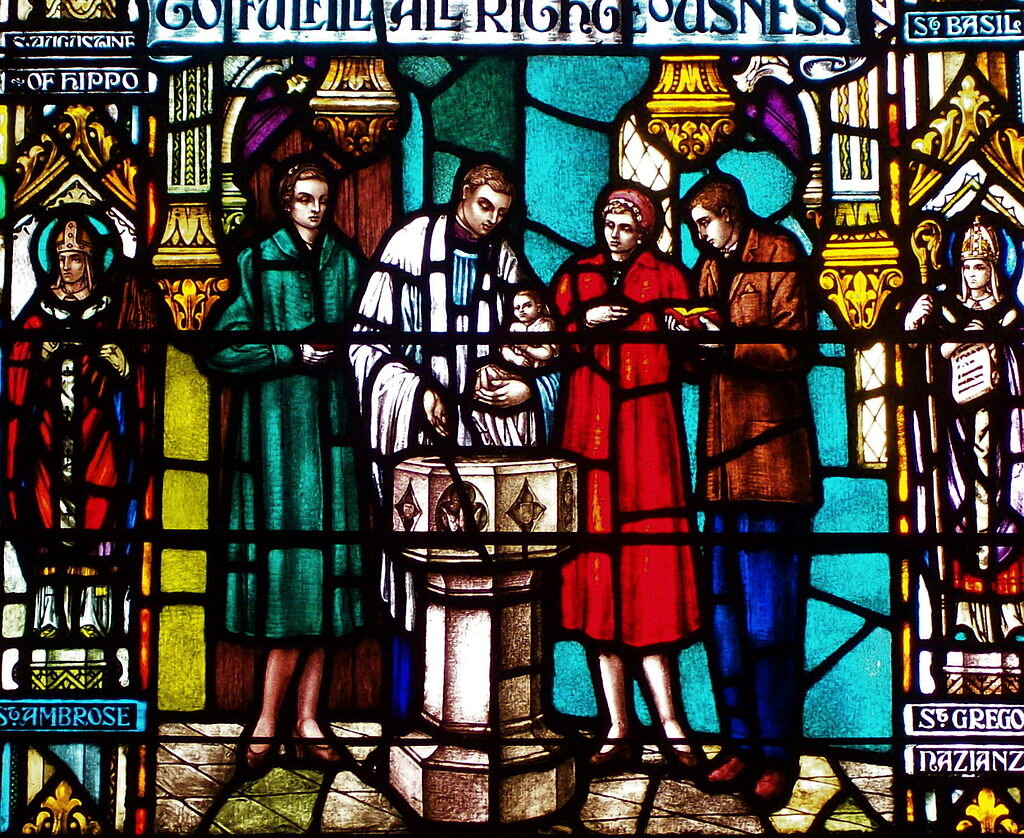Isaiah prays that Yahweh would rend the heavens and come down and judge the nations. However, during this prayer he moves to a time of confession and contrition for his own and the people’s sins realizing that for Yahweh to come would mean his own judgment. What does this mean for us today?
Image: The Second Coming of Christ window at St. Matthew's Lutheran Church in Charleston, SC. Cadetgray, CC BY-SA 3.0 <https://creativecommons.org/licenses/by-sa/3.0>, via Wikimedia Commons. Image location: https://commons.wikimedia.org/wiki/File:Second_Coming_of_Christ_window.jpg




















